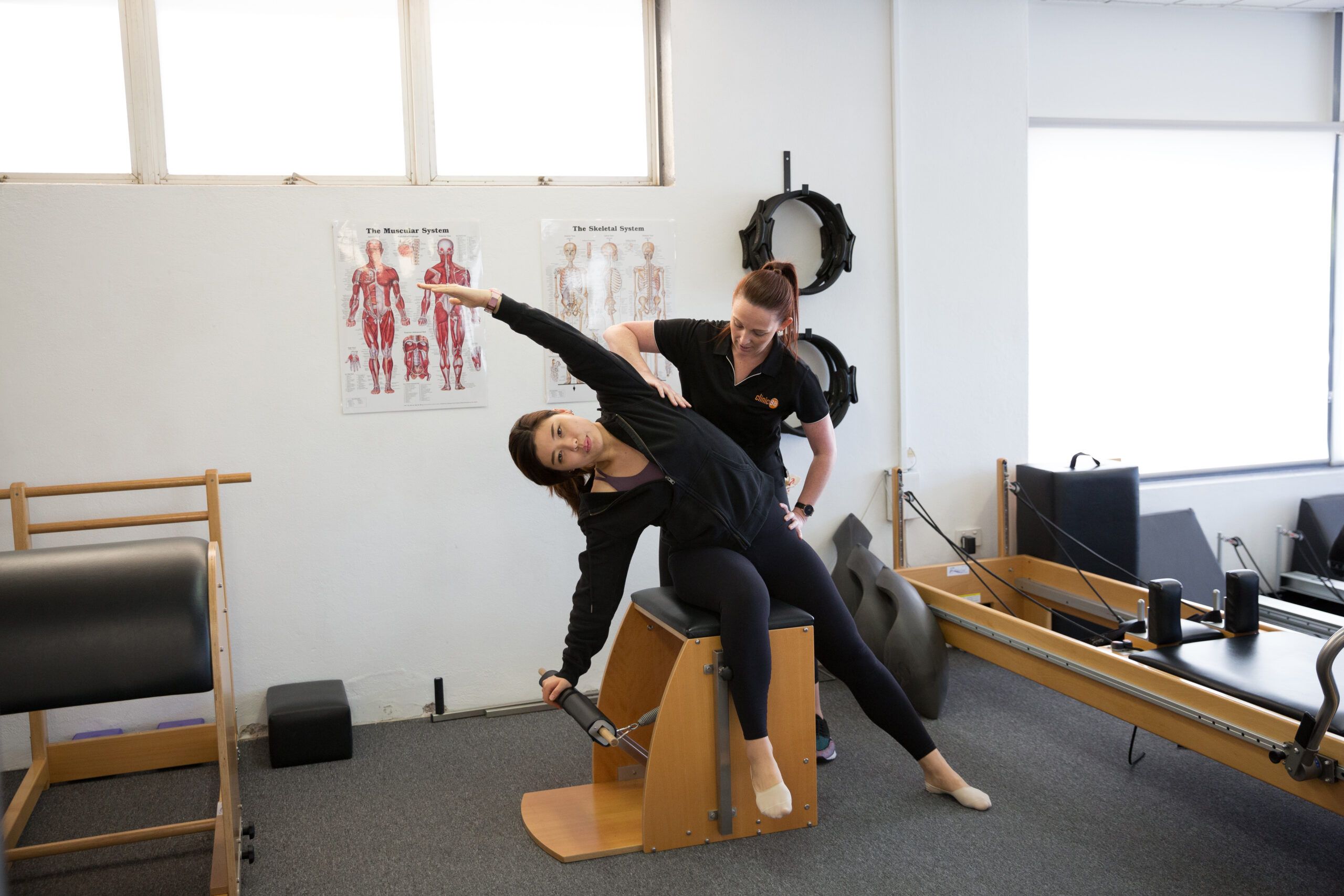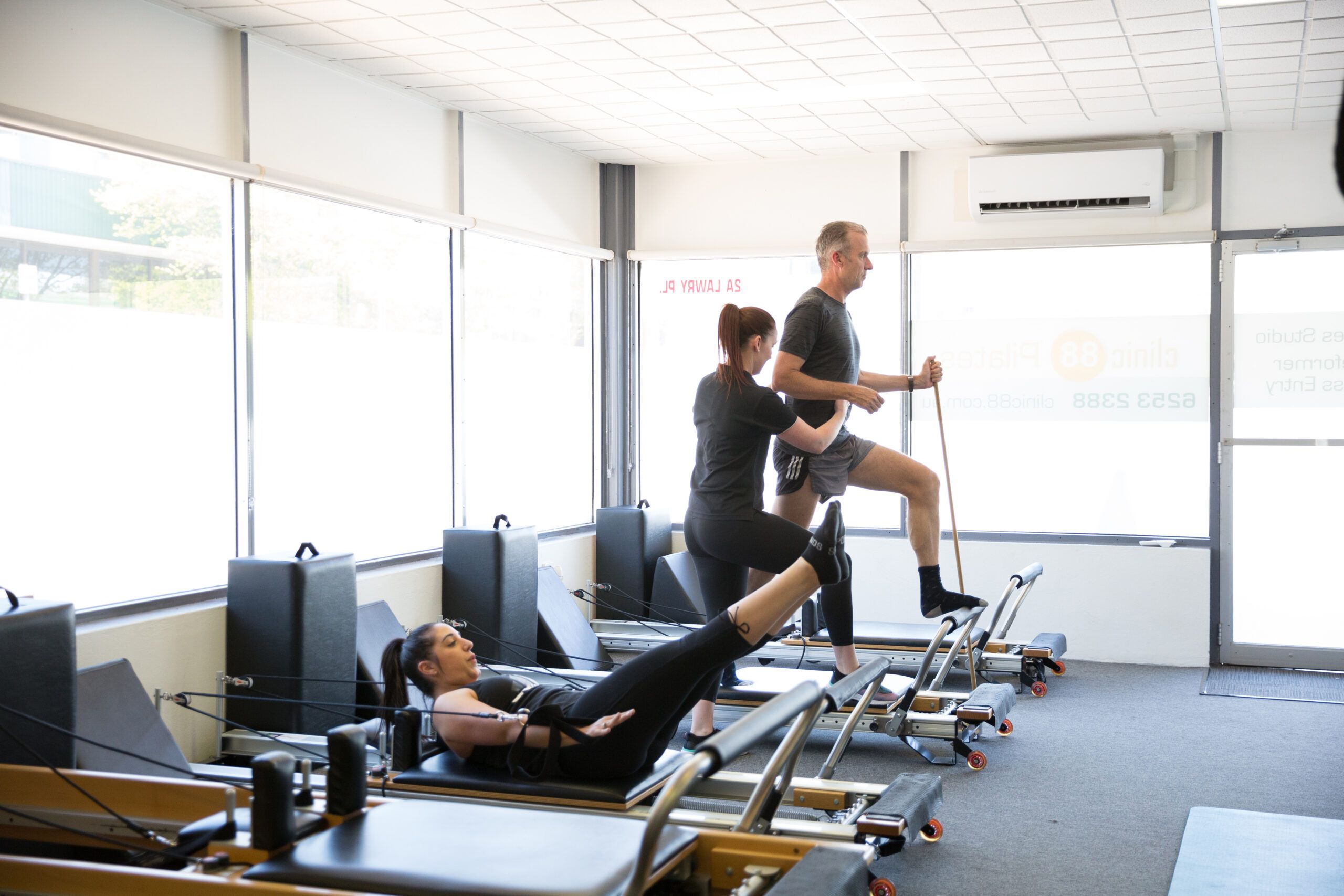Exercise Physiology and Physiotherapy for NDIS
- How do I access one of these services?
- Step by step process of what you need to do
- What is the difference between Exercise Physiology and Physiotherapy?
How do I access Exercise Physiology or Physiotherapy through NDIS?
To access NDIS funded Exercise Physiology or Physiotherapy services, you need an NDIS plan with funding allocated to:
- “Improved Health and Wellbeing” or “Improved Daily Living” under the “Capacity Building” category.
- You’ll need to request the support in your NDIS planning meeting, explaining how it aligns with your goals and demonstrating that it’s “reasonable and necessary”
Here is a more detailed breakdown
- Have an NDIS Plan:
- You must be an NDIS participant with a funded plan.
- Your plan should include funding under the “Capacity Building” section, specifically within “Improved Health and Wellbeing” or “Improved Daily Living”.
- Request Exercise Physiology or Physiotherapy in your Plan Meeting:
- During your NDIS plan review meeting, you’ll need to discuss your needs and how an exercise physiologist can help you achieve your goals.
- Be prepared to explain how the support is “reasonable and necessary” and aligns with your overall goals.
- Consider how it fits with your other supports.
- Choose your Exercise Physiologist or Physiotherapist at Clinic 88:
- Not sure which Exercise Physiologist or Physiotherapist will suit your needs? Call us and we will make sure you are booked to see the most appropriate Exercise Physiologist or Physiotherapist
- Treatment Plan and Service Agreement:
- Once you choose your Exercise Physiologist or Physiotherapist, they will conduct an initial assessment to understand your needs and goals.
- They will then develop a treatment plan outlining the type and frequency of exercise therapy.
- You’ll need to sign a service agreement with the Exercise Physiologist or Physiotherapist.
- Claiming and Paying:
- The Exercise Physiologist or Physiotherapist will invoice the NDIS for the services provided.
- You can manage your NDIS funding through the NDIS myplace participant portal.
- Some NDIS participants may also be eligible for Medicare rebates for Exercise Physiology and Physiotherapy services, but this requires a specific doctor’s referral and there will be a gap fee.



What is the difference between Exercise Physiology and Physiotherapy? Which do I need?
Physiotherapy in the NDIS:
-
Focus:Addressing acute and chronic injuries, pain, and functional limitations affecting mobility, posture, and overall movement.
-
Treatment Modalities:Manual therapy (hands-on techniques), exercise prescription, assistive devices (e.g., wheelchairs, braces), and patient education.
-
NDIS Support:NDIS funding can cover physiotherapy services for assessments, diagnosis, treatment, and ongoing management of conditions.
-
Examples:Treating a stroke-related disability, managing chronic pain, or improving mobility after surgery.
Exercise Physiology in the NDIS:
-
Focus:Using structured exercise programs to improve functional capacity, reduce the risk of chronic diseases, and enhance overall well-being.
-
Treatment Modalities:Clinical exercise interventions, including resistance training, cardiovascular exercises, and flexibility exercises.
-
NDIS Support:NDIS funding can cover exercise physiology services for individuals with a range of conditions, including chronic diseases, mental health conditions, and disabilities.
-
Examples:Developing a tailored exercise program for someone with diabetes to improve insulin sensitivity, or supporting a person with a mental health condition through exercise interventions.
Collaboration is Often Key:
In some cases, individuals with disabilities may benefit from a combined approach involving both Physiotherapists and Pxercise Physiologists, as their expertise complements each other. For instance, a Physiotherapist might initially assess and diagnose a condition, while an Exercise Physiologist then designs a tailored exercise program to support rehabilitation and long-term management.
Key Differences Summarised
Feature
Primary Focus
Treatment Type
NDIS Support
Physiotherapy
Diagnosing and treating injuries/disabilities
Hands-on therapy, assistive devices, exercise
Assessments, diagnosis, treatment, management
Exercise Physiology
Managing conditions through exercise
Clinical exercise interventions, education
Exercise programs, chronic disease management